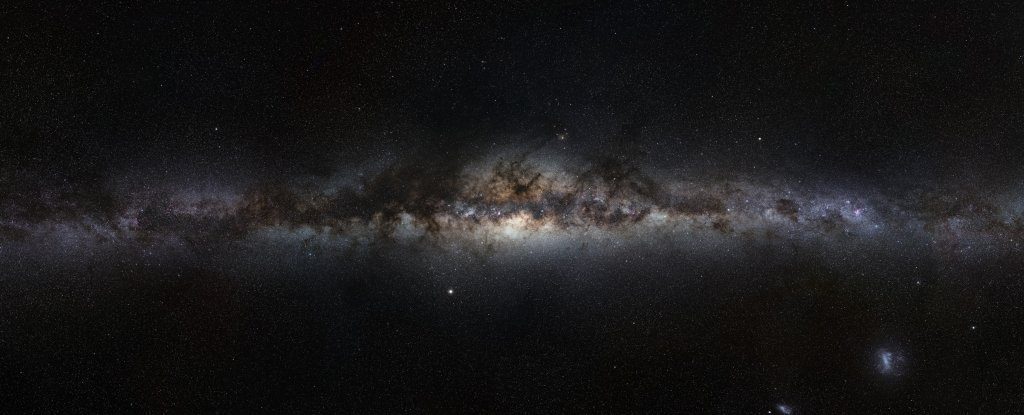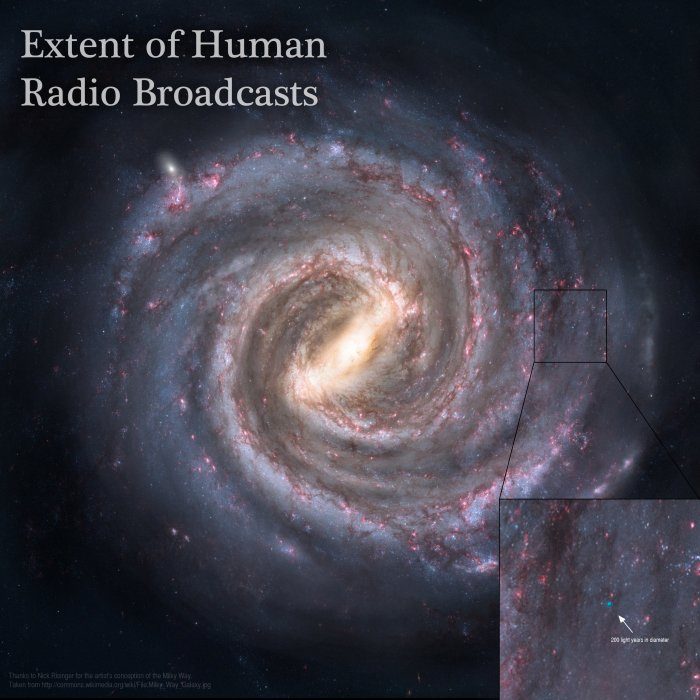OF THE
TIMES
History will have to record that the greatest tragedy of this period of social transition was not the strident clamor of the bad people, but the appalling silence of the good people.
BB is shockingly zionist
"These are facts, not opinions." And we can add to that list, the killing of journalists.
Worth repeating; '' the key question for the Global Majority is stark: in the end, who will restrain the genocidals, and how?''
Show marketing 101, say something controversial. Any reaction, good or bad gets attention.
Funding and agendas might be playing a bigger role than people realize. Most of that is driven by the Five eyes + one, get rid of those and we...
To submit an article for publication, see our Submission Guidelines
Reader comments do not necessarily reflect the views of the volunteers, editors, and directors of SOTT.net or the Quantum Future Group.
Some icons on this site were created by: Afterglow, Aha-Soft, AntialiasFactory, artdesigner.lv, Artura, DailyOverview, Everaldo, GraphicsFuel, IconFactory, Iconka, IconShock, Icons-Land, i-love-icons, KDE-look.org, Klukeart, mugenb16, Map Icons Collection, PetshopBoxStudio, VisualPharm, wbeiruti, WebIconset
Powered by PikaJS 🐁 and In·Site
Original content © 2002-2024 by Sott.net/Signs of the Times. See: FAIR USE NOTICE


Reader Comments
For digital, we only understand binary signals .. which also could be relatively primitive
The other detectors that are out there? We have NO CLUE how sensitive they might be.
R.C.